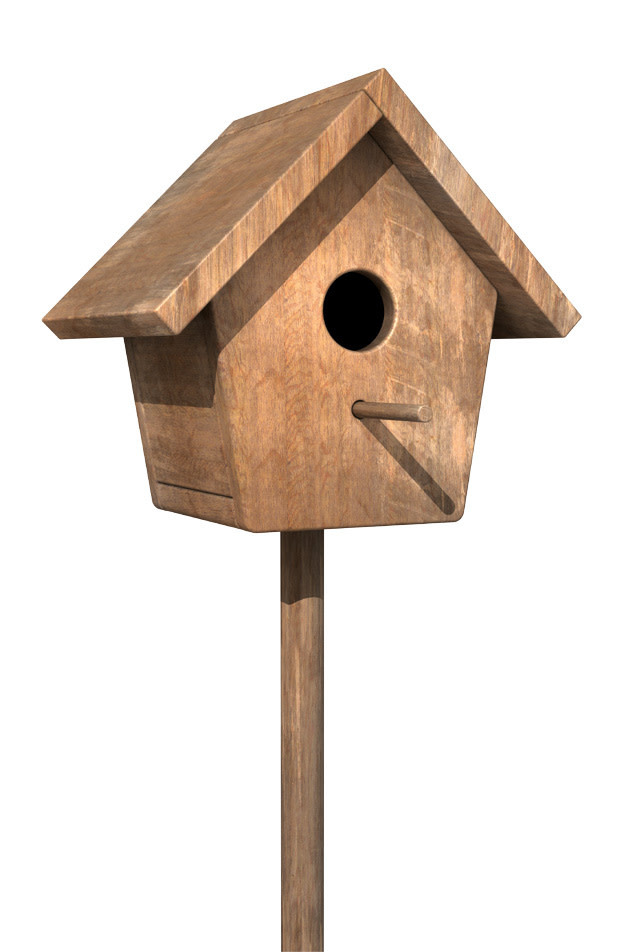Finding Home

I’ve spent a fair amount of time thinking about Portland neighborhoods, both as places to live and as investment opportunities. In my 20 years here, I’ve lived in four neighborhoods and five different homes, and I’m thinking hard about what (and where) number six will be.
As a newcomer to town in 1990, I considered a stately looking house in the Piedmont neighborhood (price: $35,000), only to be warned by fellow journalists at my new job, “Oh, that’s North Portland. I wouldn’t buy there.” A few months later, when another colleague wrote an exposé about how banks were redlining the area (yup, in Portland, Oregon, circa 1991), I learned why. Meantime, my artist friends were buying their first houses nearby for prices ranging from $7,000 to $15,000.
And so I bought elsewhere, spending a lot more money for a house in a “nicer” neighborhood. But soon I got restless, imagining greener pastures, both for my environs and for the soaring profits to be made. I bought a condo, and then another one with an even better view of Mount Hood. Next came the income property, a duplex in Sabin, a “transitioning neighborhood.” A year later, with both of my tenants months in arrears and my savings account emptied, I had to forcibly evict a crack addict from the upper unit and a pregnant woman from the lower. (In case you’re pegging me as a heartless landlord, eviction was her fastest path to subsidized housing.) Soon, Wild Oats supermarket (now Whole Foods) put the transition into overdrive with a store a few blocks away—about a year, sigh, after I sold.
My next idea: an empty lot. Two architects and dozens of schemes later, the construction boom of the 2000s left my dream home as unaffordable lines on paper. I now live in a house I don’t like very much. But I’m planning on remodeling my bathroom.
Indexed to inflation, my salary, and the proportion of it I send to the mortgage company, is almost exactly the same as when I arrived here. In contrast, my artist friends who bought in North Portland and stayed there now own their homes outright, surrounded by the lovely gardens and mature trees they planted. And with each passing year—even in the recession—they are surrounded by more hip restaurants.
Nesting artists offer great examples of why the ideas of “home” and “real estate investment” are best left disconnected. Yale University economist Robert J. Shiller provides another: after studying a century of US housing sales and more than three centuries of Amsterdam’s, he discovered that, absent the historically unprecedented real estate boom of the ’90s and ’00s in the United States, home prices in both countries barely inched up at all.
The moral to my tale? It’s been a hard year for real estate. But look around: most Portland neighborhoods keep getting better (see Taking the Long View). So when shopping for a house, consider the words my duck–hunting country cousin often invokes as advice for many endeavors in life: “Don’t be fooled by the decoys, boy. Shoot yourself something to eat.”
